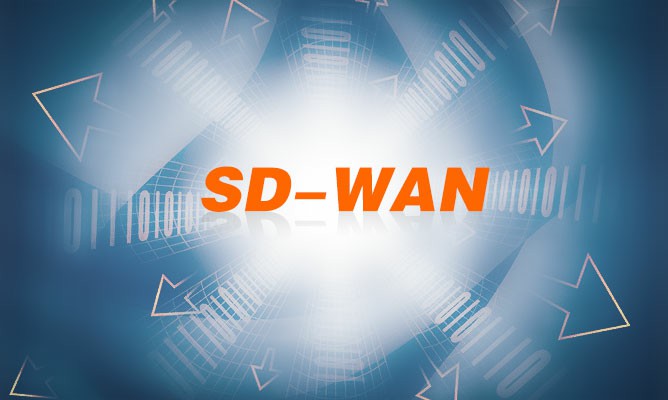Global IT supply chain
International transportation + IT O&M outsourcing + self-owned backbone network
As digital transformation continues to accelerate, new technologies such as SDN (Software-Defined Networking), NFV (Network Function Virtualization), big data, cloud computing, and AI are rapidly advancing. Along with the widespread adoption of mobile work and applications, the interaction between enterprise branches, headquarters, and cloud data centers has increased significantly. As a result, data traffic is surging, business complexity is growing, and demand for new services is rising.

Bandwidth requirements for businesses are expanding by 20%-30% annually. The need for single-point or multi-point interconnection and rapid cloud migration is becoming more urgent, with shorter timelines for deploying new business applications. Additionally, businesses are calling for more flexible and on-demand services. However, traditional MPLS (Multiprotocol Label Switching) lines come with high costs, significant geographical limitations, and a strong dependence on hardware and software integration, creating coverage gaps in the “last mile.” Consequently, many enterprises are now considering SD-WAN solutions.
But how does SD-WAN work? And what are its main application scenarios?
SD-WAN Deployment Overview
SD-WAN leverages SDN and NFV technologies to define the wide area network, offering flexible management and path switching to reduce reliance on expensive dedicated lines. By utilizing lower-cost broadband internet as a replacement or complement to MPLS lines, businesses can optimize network efficiency. For example, higher-cost, higher-value networks can be used to transport real-time or mission-critical traffic, while regular data can be routed over internet connections. SD-WAN also mitigates single-point failures and dynamically switches paths when application performance drops.
SD-WAN offers end-to-end network orchestration, centralized management, visibility into operations, and zero-touch configuration, all of which significantly lower maintenance costs. Furthermore, SD-WAN enables seamless cloud access, improving the performance of SaaS applications, reducing network jitter, and decreasing latency.
Key Application Scenarios for SD-WAN
Scenario 1: Rapid Hybrid Cloud Connectivity for Seamless Cloud Access
SD-WAN offers a simple, high-performance solution that quickly connects data centers—whether self-built or hosted in a colocation facility—with cloud platforms. By utilizing both existing dedicated lines and internet connections, businesses can achieve fast and secure cloud integration via cloud terminals, ensuring swift cloud migration and access.
Scenario 2: Establishing Enterprise-Specific WANs for Efficient Branch Connectivity
SD-WAN enables businesses to leverage backbone network resources to quickly build customized wide area network connections. Branch offices can easily connect via cloud-based devices, significantly enhancing network deployment efficiency and reducing operational costs.
Scenario 3: Desktop Cloud Networking for Collaboration Between Headquarters and Branches
Accessing remote desktop clouds requires high-speed, secure network transmission. SD-WAN services allow branch offices to flexibly connect to the headquarters’ core desktop cloud network, supporting both daily office tasks and mobile work without compromising on network performance.
Conclusion
SD-WAN represents a forward-looking, flexible network technology that efficiently addresses the evolving needs of enterprises. By offering fast, cost-effective, and secure connectivity, SD-WAN solutions are particularly suited for businesses with complex networking requirements. If your company is looking to implement a robust network solution, consider exploring OgCloud’s SD-WAN services to meet your demands.

International transportation + IT O&M outsourcing + self-owned backbone network

Cellular chips + overseas GPS + global acceleration network

Overseas server room nodes + dedicated lines + global acceleration network

Global acceleration network + self-developed patented technology + easy linking

Global Acceleration Network + Global Multi-Node + Cloud Network Integration


